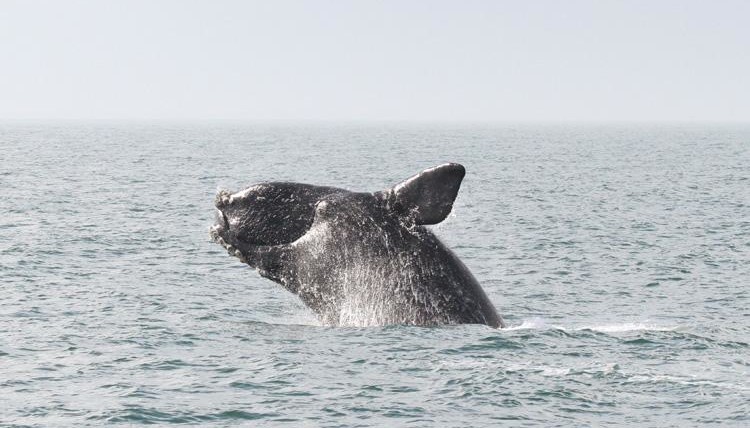The “Windcatcher”, a 40 MW floating wind farm with a singular design.
A Norwegian company, Wind Catching Systems (WCS), has taken a major step forward in the development of its innovative wind energy concept: the “Windcatcher”. The project features a floating wind farm made up of hundreds of small turbines, in stark contrast to traditional large turbines.
A revolutionary concept
The Windcatcher stands out for its unique approach of grouping multiple 1 MW turbines together to form a sort of “floating wall of wind”. This configuration would double energy production compared with traditional turbines, capturing up to 2.5 times more energy per square meter of airflow.
Certification and technical advances
The Windcatcher design has received certification from DNV, a global classification agency, confirming its technical feasibility. This approval in principle is crucial for the commercial demonstration of the technology. A physical model of the Windcatcher has been tested in Norway to assess its performance in different wave conditions, enabling the computer models used to be refined.
Development and future potential
With an investment of NOK 9.3 million (approx. 900,000 euros) from Norway’s Enova fund, WCS is working to create a prototype of the Windcatcher. The aim is to reduce the cost of floating wind power to €40-60 per MWh, and the company is also planning future units with a capacity of up to 126 MW.

Environmental and economic implications
In addition to generating electricity, the Windcatcher has the potential to produce green hydrogen, a versatile fuel that can be used in a variety of sectors, from transport to industry. This capability reinforces the project’s appeal as a versatile, sustainable energy solution.
A complex environment of regulations and market acceptance
Despite its innovative potential, the Windcatcher project has to navigate a complex environment of regulations and market acceptance. DNV certification and real-life testing are key steps in demonstrating the viability and robustness of this technology prior to commercial deployment.
A significant advance in renewable energies
The Windcatcher represents a significant breakthrough in the field of renewable energies, particularly for offshore wind power. With its innovative approach and commitment to sustainability, this project could well revolutionize the way wind energy is harnessed, offering a more efficient and adaptable alternative to today’s large wind turbines.
Source: Média24



